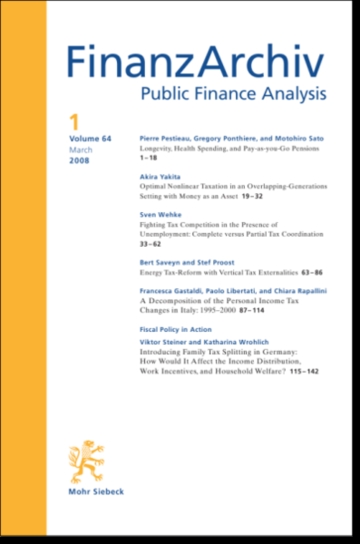
Municipality Size and Efficiency of Local Public Services: Does Size Matter?
Similarly to western Germany in the 1960s and 1970s, the eastern part of Germany has experienced a still ongoing process of numerous amalgamations among counties, towns and municipalities since the mid-1990s. The evidence in the economic literature is mixed with regard to the claimed expenditure reductions and efficiency gains from municipal mergers. We therefore analyze the global efficiency of the municipalities in Saxony-Anhalt, for the first time in this context, using a double-bootstrap procedure combining DEA and truncated regression. This allows including environmental variables to control for exogenous determinants of municipal efficiency. Our focus thereby is on institutional and fiscal variables. Moreover, the scale efficiency is estimated to find out whether large units are necessary to benefit from scale economies. In contrast to previous studies, we chose the aggregate budget of municipal associations (“Verwaltungsgemeinschaften”) as the object of our analysis since important competences of the member municipalities are settled on a joint administrative level. Furthermore, we use a data set that has been carefully adjusted for bookkeeping items and transfers within the communal level. On the “eve” of a mayor municipal reform the majority of the municipalities were found to have an approximately scale-efficient size and centralized organizational forms (“Einheitsgemeinden”) showed no efficiency advantage over municipal associations.





